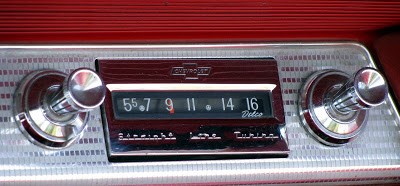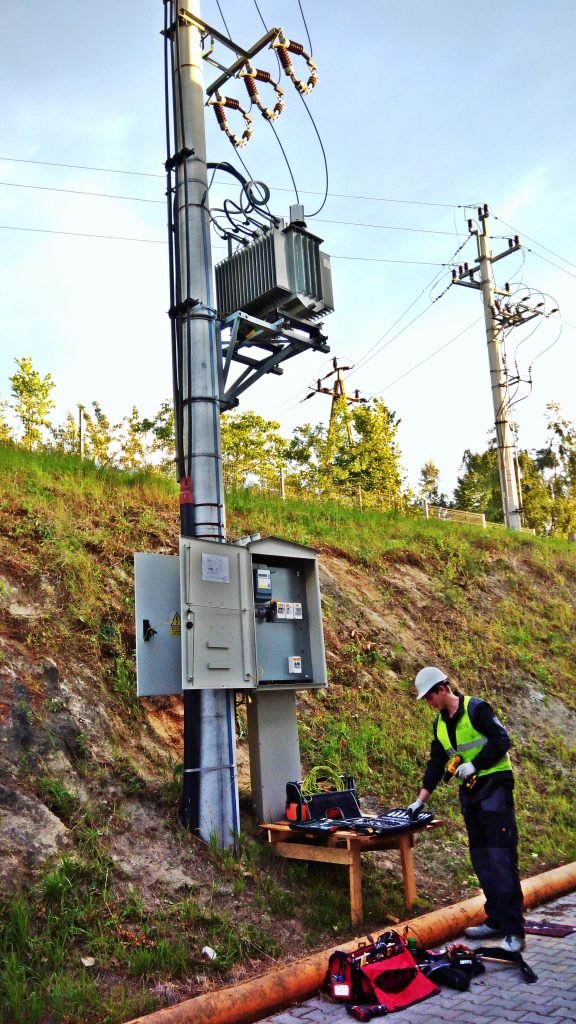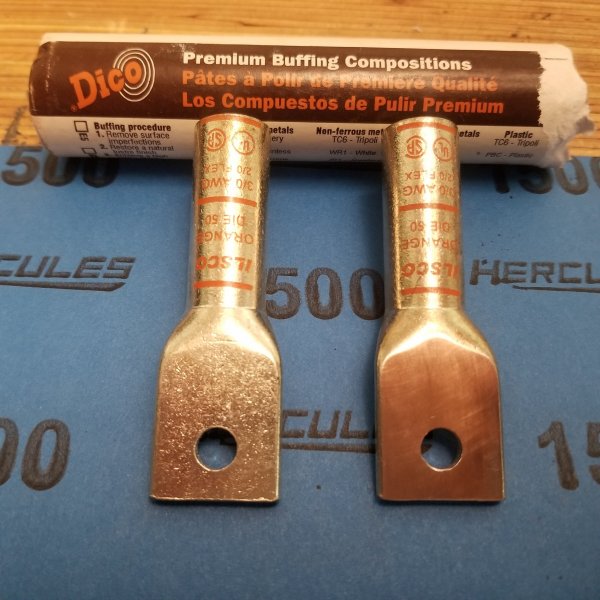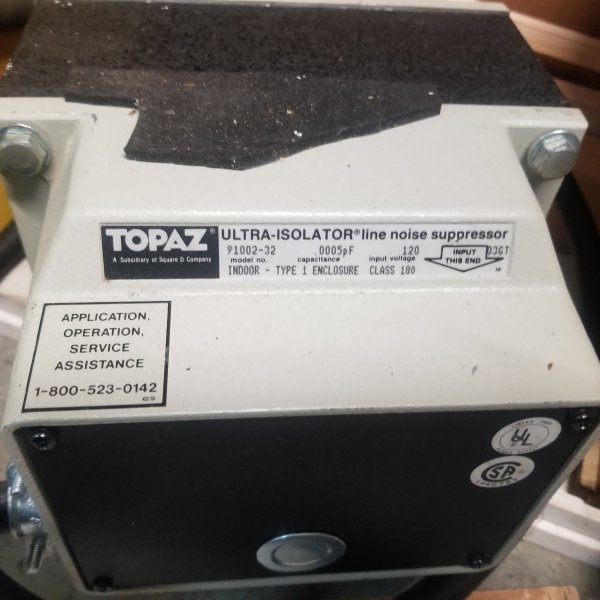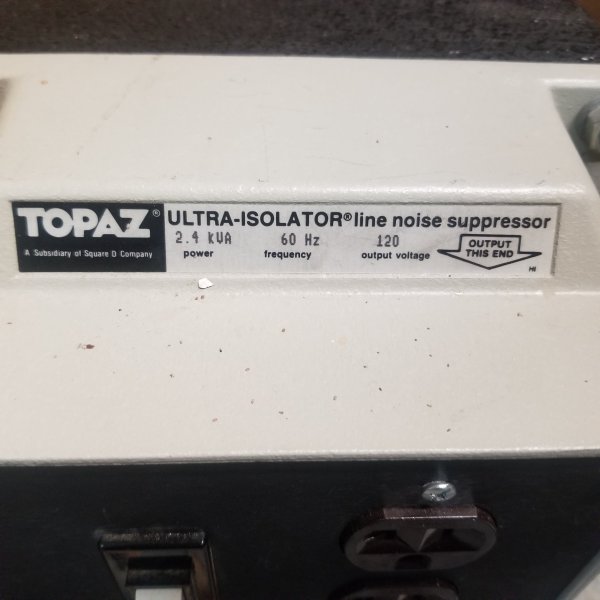Balanced on the secondary can be a problem with equipment. They don't use it in recording studios. Torus is balanced on the primary and 120 hot, neutral 0 tied to ground on the secondary. This allows you to legally use a AFCI breaker in a residence. There are no AFCI that are listed and labeled to work on 60/60 volt. Maybe they work???? I have no idea.Are Balanced isolation transformers good for sound?
balanced isolation transformer change a parameter that you should consider.
Many amplifiers/dacs/... are sensitive to AC polarity, for example my TAD M700 have better sound when the AC polarity is positive, when I use balanced AC power the sound degrade .
you should first listen to your system at correct AC polarity then compare it to balanced power and check the result.
TAD do not like balance power of balanced isolation transformer
If you are set on a large transformer to feed your factory, get a Controlled Power unit. They are very good. The triple insulated versions. I believe Torus is better, and Torus has the primary and secondary fused disconnects built into the unit. Way easier to mount and attach to the electrical system.
My single high output, 4.5 kva core, passes 745 amps. I don't have my RM20 at the moment to test. I can only assume the larger single output cores up to 12 kVA pass more, but the #10 AWG branch wire is going to be a limitation to power delivery.
Don't go thinking $8 is an improvement. Its way to analytical. And even Dan D'agostino told me his Relentless needs nothing larger than a #10 in 240 volt.


